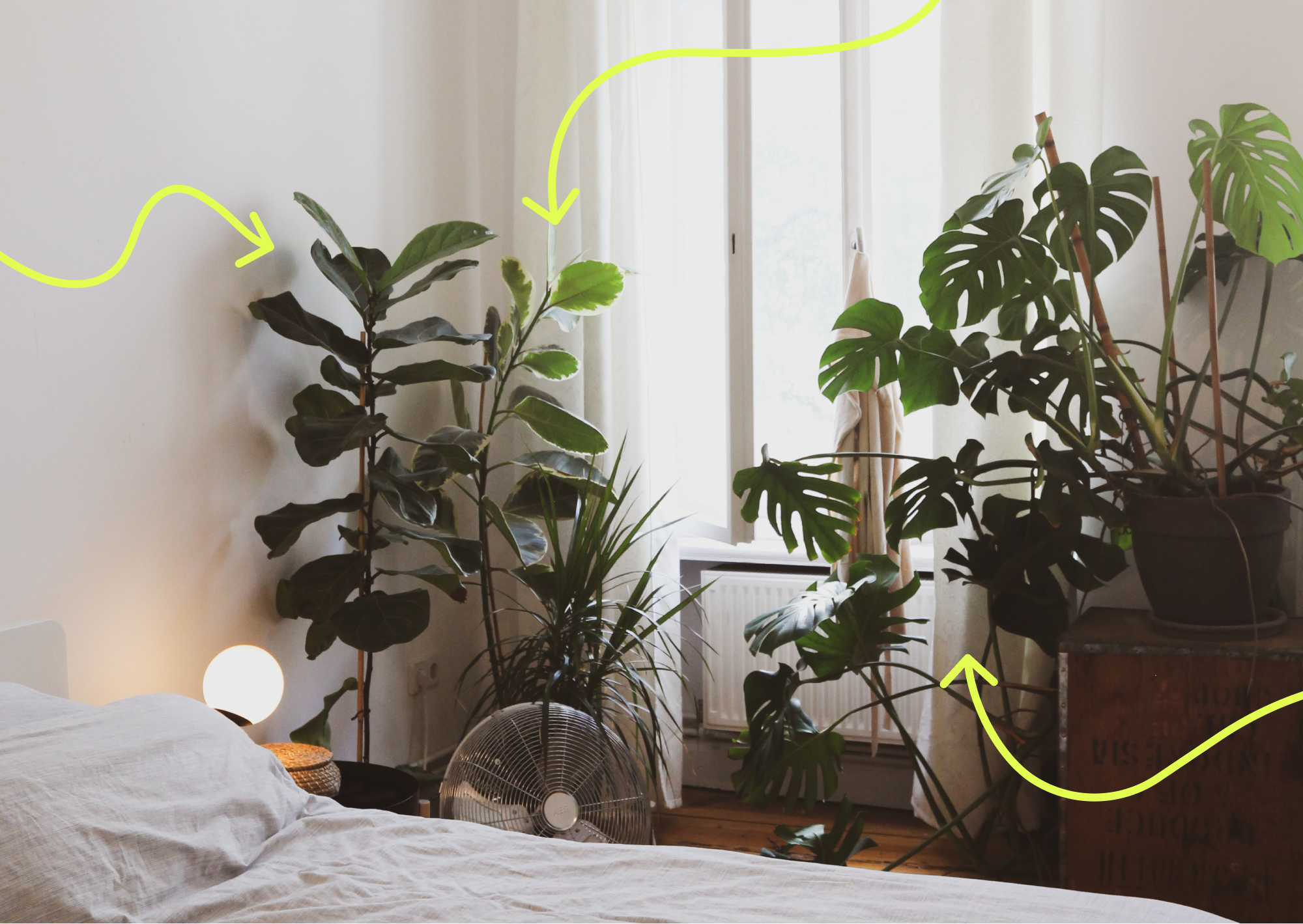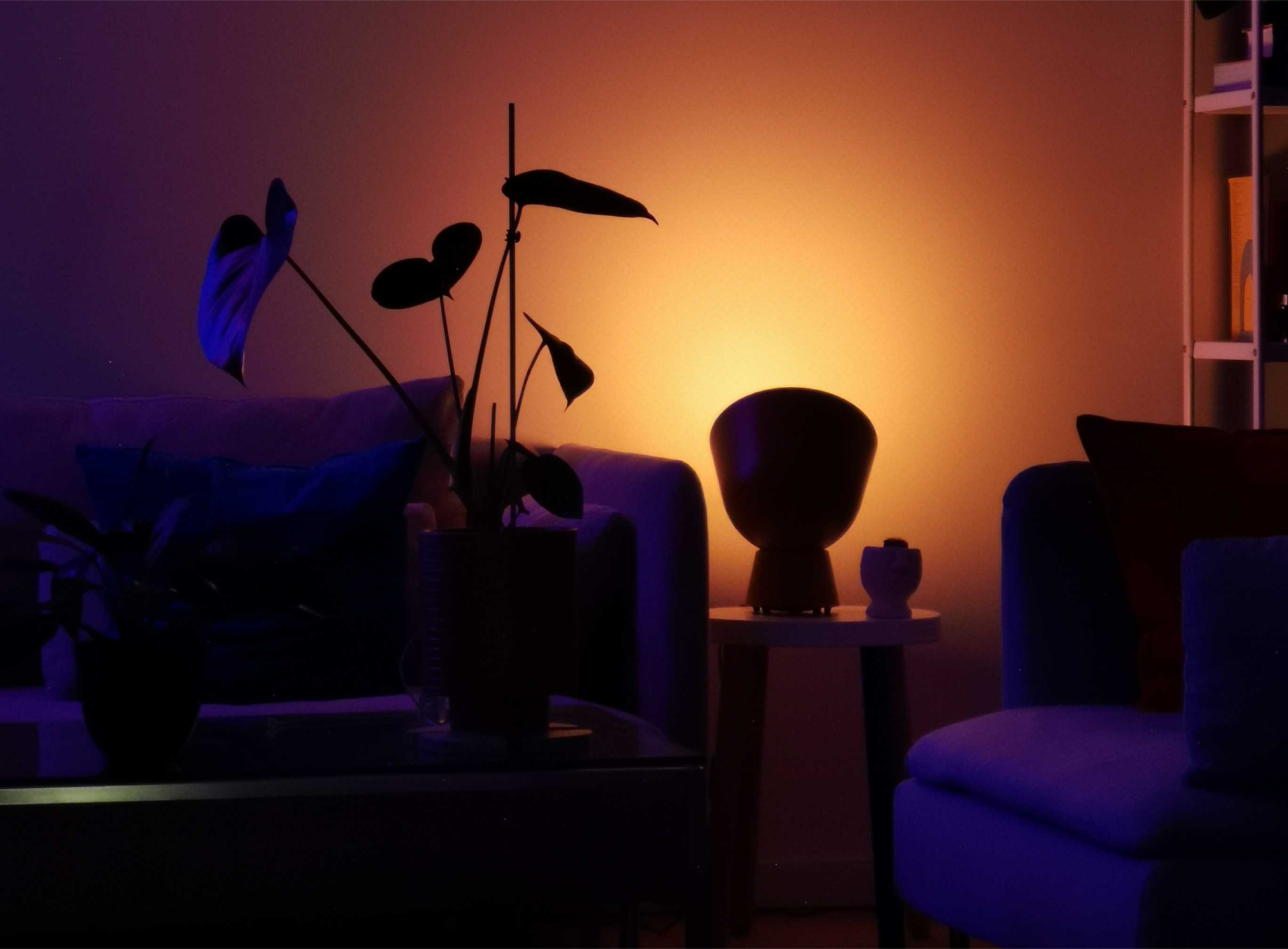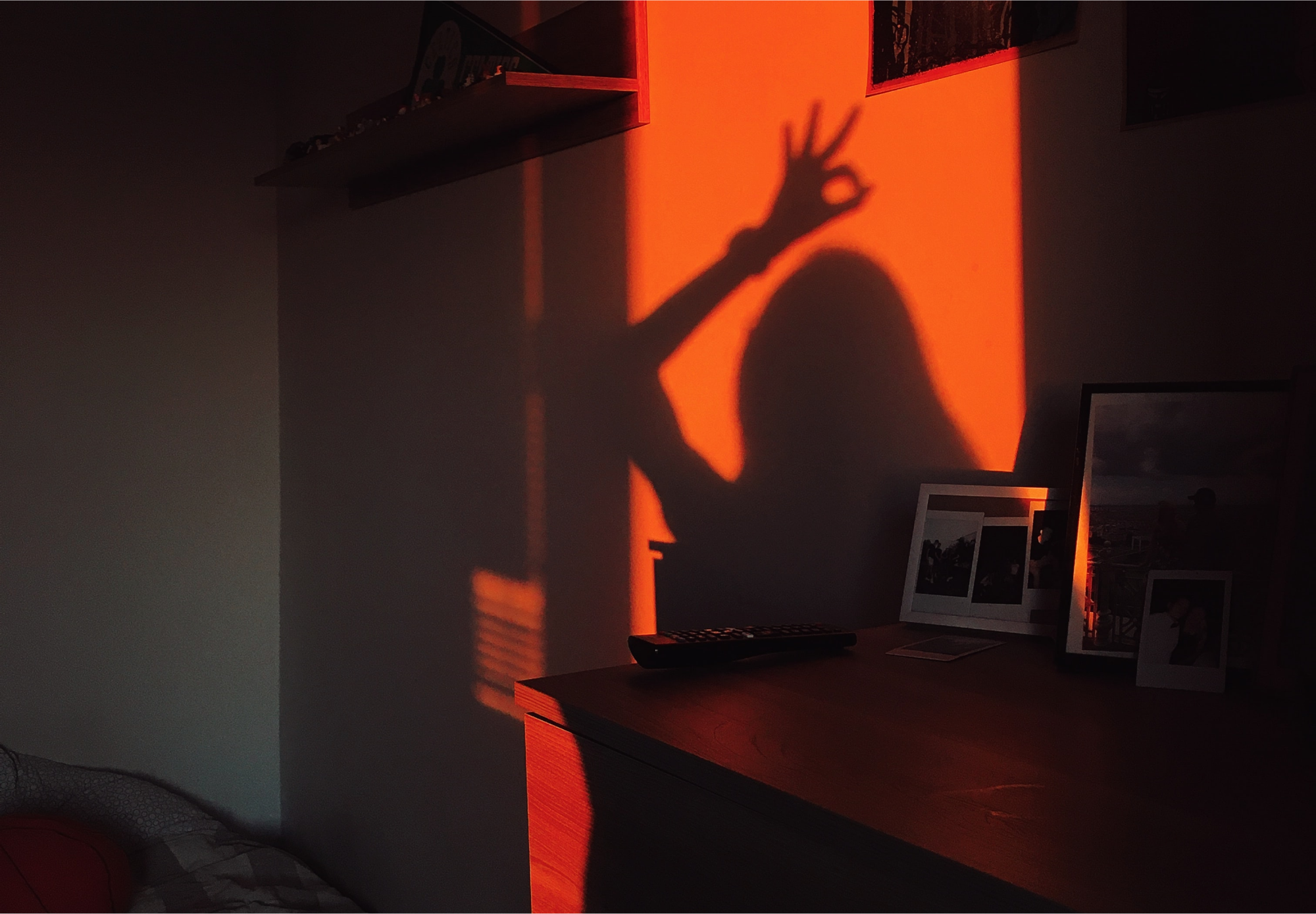For a lot of us, getting enough sleep is an uphill battle. If you find yourself exhausted throughout the day, only to feel wired and alert as soon as it’s time to sleep, this article is for you. We’ll drop some knowledge on what your sleep-wake cycle is and why managing it is so important for living a healthy life.
Why your sleep routine matters

A lot of us have absolutely jacked up sleep routines.
Picture it… you pull yourself out of bed at 6:30am to get ready for work or school. By mid-afternoon you’re exhausted but come bedtime you’re absolutely wired. You lay in bed awake until 1:00am and then wake up at 6:30am to do it all over again.
When the weekend finally rolls around and you sleep in to try and make up for the lost sleep over the week, only to be exhausted at 6:30am again come Monday.
Sound like you?
If it does, we feel you.
Absolutely nothing about that lifestyle is enjoyable. What’s worse is living like this can have a serious impact on your health. A few examples of how consistent poor sleep can impact your health are:
- weight gain
- mood swings
- depression
- weakened immunity
- lowered sex drive
- memory loss
So how can we combat this negative cycle? First, by understanding what circadian rhythm is and how it affects your sleep-wake cycle.
What is circadian rhythm?

A circadian rhythm is an internal, biological clock which controls the timings that our organs, tissues, and hormones function throughout the day. That biological clock regulates your sleep-wake cycle, which is the 24-hour pattern of cycling through being awake (usually 16 hours) and asleep (usually 8 hours).
Your circadian rhythm regulates your sleep-wake cycle by recognizing when night-time comes around and responding to that by releasing a hormone in our body called melatonin, which makes you sleepy.
But your circadian rhythm does way more than just make you sleepy at night. It also impacts how you function throughout the day and over long periods of time.
For example, circadian rhythm significantly impacts your both your physical and mental health. In fact, studies have shown that maintaining a healthy circadian rhythm can reduce the risks of dementia, depression, and cancer.
Who has a circadian rhythm?

What's really cool about circadian rhythms is it’s not just humans who have them. Almost all living things have a circadian rhythm, including plants and microbes.
The big difference between us and plants is that plants didn’t invent and live by artificial lighting (thanks, Thomas Edison).
Think of it this way: a flower’s circadian rhythm will always stay healthy and natural because it’ll always be based off sunlight. A flower’s circadian rhythm will always open its petals in the wee hours of the morning so that it’s ready to photosynthesize when the sun rises.
We, on the other hand, wake up to a blaring artificial alarm and by switching on bright, artificial bulbs. Unfortunately, these unnatural tools throw our circadian rhythm all the way out of whack and into unhealthy disrepair.

How light impacts your circadian rhythm
The reason artificial lighting affects our circadian rhythm is because our internal clock is primarily regulated by the light you take in through your eyes. But our bodies believe that light we’re seeing is coming from the sun, not bulbs.
To put it bluntly, we’re just not wired to live in bright overhead lighting 24/7.
Think about it – when night-time rolls around and you’re staring at your phone screen, which is blasting bright light into your eyes, your body doesn’t recognize that the sun has gone down and it’s time to start releasing melatonin so that you get sleepy.

Instead, the hours trickle away, and you stay wide awake even long after you put your phone down.
The cumulative impact of this scenario (in addition to hours on end of artificial light exposure from overhead lighting, TV screens, and lamps) distort your sleep-wake cycle.
So if you’re struggling to figure out how to fall asleep quickly, start by taking a look at your lighting.
Using LIFX lights to manage a healthy circadian rhythm

That’s not to say all lighting is bad and will harm your circadian clock.
Certain types of light can actually help you maintain a healthy circadian rhythm. You can even take advantage of specific types of lights’ functionality to manipulate your circadian rhythm to suit your individual needs. We’re talking specifically about tuneable white LED lights.
With LED smart lights (like our LIFX White to Warm and Color bulbs), you can set schedules for your lights to automatically mimic day light – starting with bright whites in the morning, and then slowly dim to warm ambers as the day goes on.
In the morning, they act a wake-up light alarm clock. At the end of the day, your lights will be relaxing shades for a perfect bedtime, meaning they’re basically personalised LED night lights.

How tuneable white lighting can help you get your sleep back on track
By prescheduling LIFX smart lights to begin the morning with bright white light at 6000K (the same color temperature as the sun), you’ll be able to wake up quicker as well as stay efficient throughout your workday. This color temperature of lighting has been proven to enhance alertness, focus and mood.
By setting LIFX smart lights to dim to warm ambers at night, you’ll be signalling to your body that the sun is going down and it’s time to get sleepy, while still being able to read a book or do something else you find relaxing.
Kind of a win-win, right? It means you can look after your body without a second thought.
What’s more is that means you can get back on track with a particular sleep-wake schedule after months of a different routine.
This is incredibly valuable for students returning to school after a summer of long nights awake and late morning sleep ins.
Or even for night people who do shift work and need to manually set their body to be able to wake up in the middle of the night and sleep during the day.
To sum it up...
By using light that has the ability to mimic the sun and natural light progression, you can work with your circadian rhythm instead of against it.
LIFX LED lights have functionality that allows you to signal to your body when it’s time to work and when it’s time to wind down and get sleepy.
More importantly, by using LED tuneable white lighting, you’ll be taking care of your sleep-wake cycle, which can not only improve your day-to-day as well as your long-term mental and physical health.



